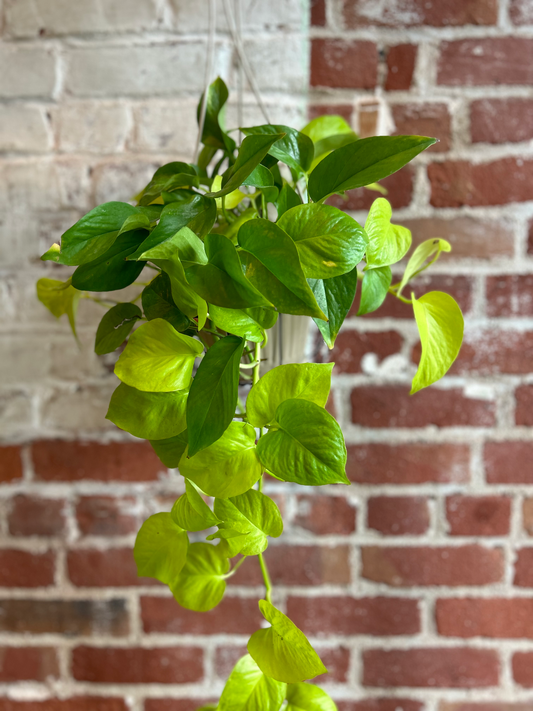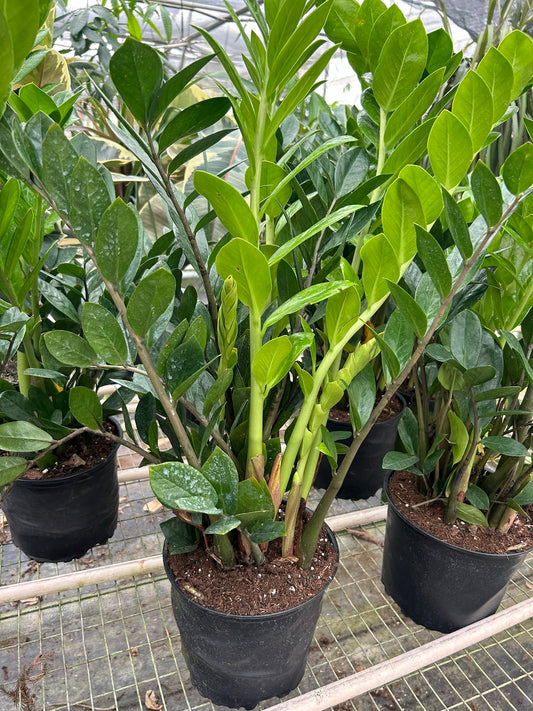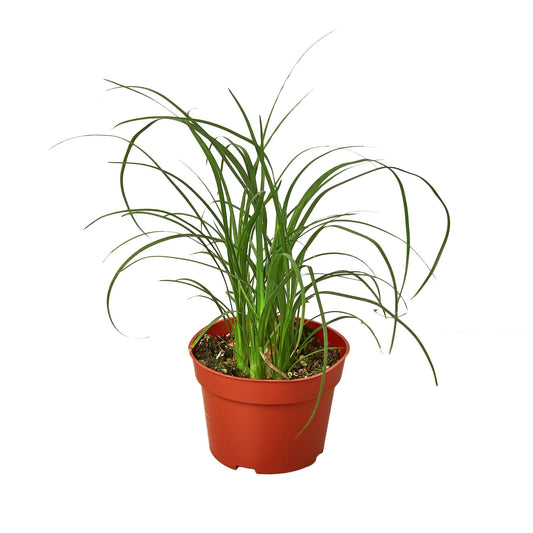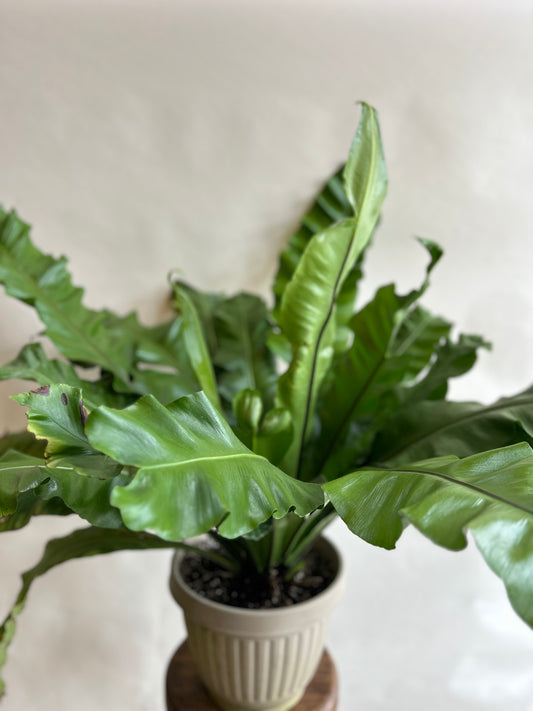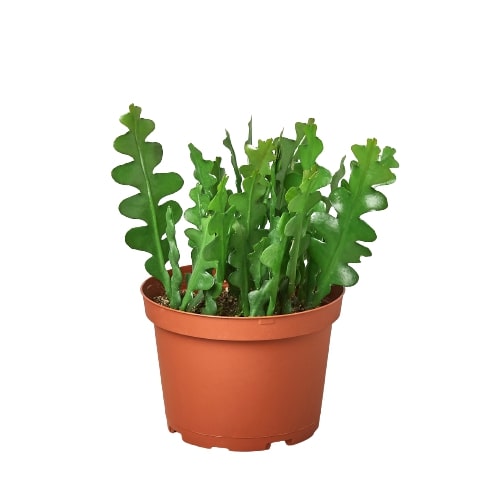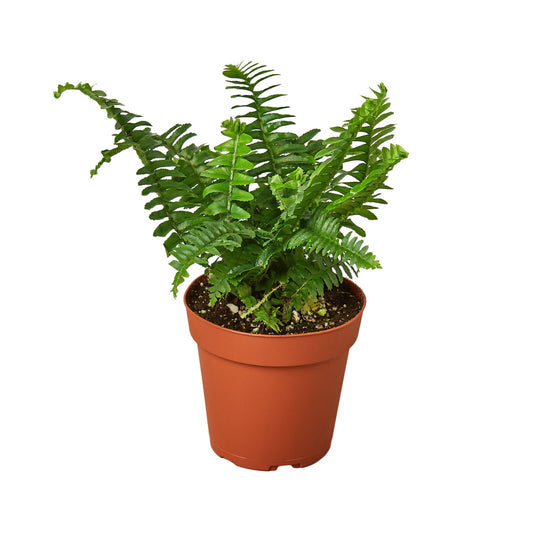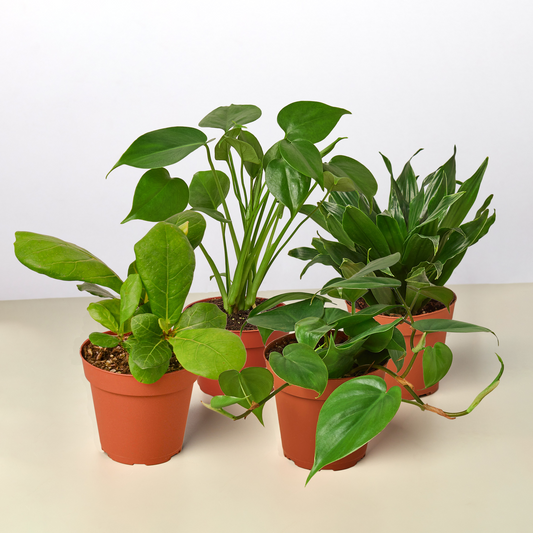The Lifespan Of Velvet Plants: How Long Do They Live?
Cafe Planta Team
Velvet plants, with their strikingly soft and fuzzy leaves, often capture the heart of anyone who appreciates a unique houseplant. If you're a plant lover curious about the lifespan of these beauties, you've come to the right place.
In this article, we'll chat about how long velvet plants typically live and what you can do to extend their lifespan. We'll also cover everything from their ideal growing conditions to tips on pest control and the best ways to incorporate them into your home's design.
The Velvet Plant: A Brief Introduction
Velvet plants, scientifically known as Gynura aurantiaca, are native to Southeast Asia and are adored for their vibrant purple leaves covered in tiny hairs. These hairs create a velvety texture, hence the name. Their striking appearance makes them a popular choice for houseplant enthusiasts looking to add a splash of color to their indoor garden.
What's great about velvet plants is that they're relatively easy to care for. However, like any houseplant, they do have specific needs that must be met to thrive. And while they aren't the longest-lived plants, with the right care, you can enjoy their beauty for several years.
Understanding the Lifespan of Velvet Plants
On average, velvet plants have a lifespan of about three to five years. However, this is not set in stone. With optimal care, some plant parents have reported their velvet plants living beyond five years. It all comes down to how well you can meet their growing needs.
One of the reasons velvet plants have a relatively short lifespan is their tendency to get leggy as they mature. This means the stems become elongated and sparse, which can make the plant look a bit scraggly. While this is a natural part of their growth, regular pruning can help manage this and keep your plant looking lush.
Optimal Growing Conditions for a Longer Lifespan
To give your velvet plant the best shot at a long and healthy life, focus on providing the ideal growing conditions. Here are some key factors to consider:
Light
Velvet plants thrive in bright, indirect light. Too much direct sunlight can scorch their leaves, while too little light can cause them to lose their vibrant color. A spot near a window with filtered light is perfect.
Temperature
These plants prefer temperatures between 60-75°F (15-24°C). Avoid placing them in drafty areas or near heaters, as sudden temperature changes can stress them out.
Humidity
Velvet plants love humidity. If your home is on the dry side, especially during winter, consider using a humidifier or placing a tray of water near the plant to increase humidity levels. Misting the leaves occasionally can also help.
Watering: The Balancing Act
When it comes to watering velvet plants, balance is key. Overwatering can lead to root rot, while underwatering can cause the leaves to wilt and drop. Here's how to get it right:
- Check the soil: Allow the top inch of soil to dry out before watering again. Stick your finger in the soil to feel for moisture.
- Water thoroughly: When you do water, make sure to do it thoroughly so the roots can absorb enough moisture. Let the excess water drain out from the bottom, and never let the plant sit in water.
- Adjust with the seasons: Velvet plants may need more frequent watering during the growing season (spring and summer) and less during the dormant period (fall and winter).
Feeding Your Velvet Plant
Feeding is another aspect that can influence the health and longevity of your velvet plant. During the growing season, they benefit from a balanced liquid fertilizer every four to six weeks. This provides them with the necessary nutrients to maintain their vibrant color and overall health.
Make sure you dilute the fertilizer to half the recommended strength, as over-fertilizing can lead to salt buildup in the soil, which can harm the plant. In fall and winter, you can cut back on feeding, as the plant's growth slows down.
Pruning and Maintenance
Regular pruning can help manage the legginess that velvet plants are prone to as they age. Trimming back the stems encourages bushier growth and keeps the plant looking tidy. Plus, it's an opportunity to propagate new plants from cuttings.
Here's how you can prune your velvet plant:
- Use clean, sharp scissors: This helps prevent damage to the plant and reduces the risk of disease.
- Cut just above a node: Nodes are the points on the stem where leaves emerge. Cutting just above a node encourages new growth from that point.
- Remove dead or yellowing leaves: This not only improves the plant's appearance but also helps prevent the spread of disease.
Dealing with Pests and Fungal Issues
Velvet plants, like many houseplants, can sometimes fall victim to pests such as spider mites and aphids. These pests can suck the sap from the leaves, causing damage and weakening the plant. Here's how to deal with them:
- Regular inspection: Check your plant regularly for signs of pests. Look for webbing, sticky residue, or discolored spots on the leaves.
- Natural remedies: If you spot pests, try using a natural insecticidal soap or neem oil to treat the infestation. These are gentle on the plant and effective against pests.
- Maintain humidity: Pests often thrive in dry conditions, so keeping humidity levels up can help prevent infestations.
Fungal issues, such as powdery mildew, can also affect velvet plants, especially if they're kept in overly humid conditions without good airflow. Make sure your plant is in a well-ventilated area, and remove any affected leaves promptly.
Repotting Velvet Plants
Velvet plants should be repotted every couple of years to provide them with fresh soil and more space for their roots. Spring is the best time to do this, as the plant is entering its active growing phase.
Here's a simple step-by-step guide to repotting your velvet plant:
- Select a slightly larger pot: Choose a pot that is one size larger than the current one, with good drainage holes.
- Use a well-draining soil mix: A mix designed for houseplants, with added perlite or sand, works well to ensure good drainage.
- Carefully remove the plant: Gently tip the plant out of its pot, loosening the soil around the roots. Be careful not to damage the roots.
- Place in the new pot: Position the plant in the new pot, adding soil around it and pressing lightly to secure it in place.
- Water thoroughly: After repotting, water the plant well to help it settle into its new home.
Incorporating Velvet Plants into Your Home Design
Velvet plants aren't just about function—they also add a touch of drama to your home decor. Their bold color and unique texture make them a standout piece in any room.
Here are some ideas on how to incorporate velvet plants into your home design:
- Contrast with neutral tones: Place your velvet plant against a backdrop of neutral colors to make its vibrant purple pop.
- Group with other plants: Create a mini indoor garden by grouping your velvet plant with other houseplants of varying heights and textures.
- Use decorative pots: Choose a pot that complements the plant's color, such as a white or terracotta pot, to enhance its beauty.
Propagating Velvet Plants
Propagating your velvet plant not only gives you more plants to enjoy but also helps rejuvenate the mother plant. Velvet plants are easy to propagate from stem cuttings.
Here's a quick guide on how to propagate velvet plants:
- Take a cutting: Choose a healthy stem and cut a 4-6 inch piece just below a node.
- Remove lower leaves: Strip away the leaves from the bottom half of the cutting.
- Root in water or soil: You can place the cutting in a jar of water or plant it directly in a pot with moist soil.
- Provide bright, indirect light: Keep the cutting in a warm area with plenty of indirect light until roots develop.
- Transplant when ready: Once the cutting has established roots, plant it in a pot with well-draining soil.
Final Thoughts
Velvet plants, with their striking appearance and relatively straightforward care, can be a delightful addition to your home. While they may not be the longest-lived plant, with the right care and attention, you can enjoy their beauty for years to come.
At Cafe Planta, we're passionate about helping you care for your plants. Whether you're a seasoned plant parent or just starting, we're here to support you on your plant journey. Feel free to reach out to us via email or Instagram with any questions or stop by our shop to explore our plant collection and accessories.


